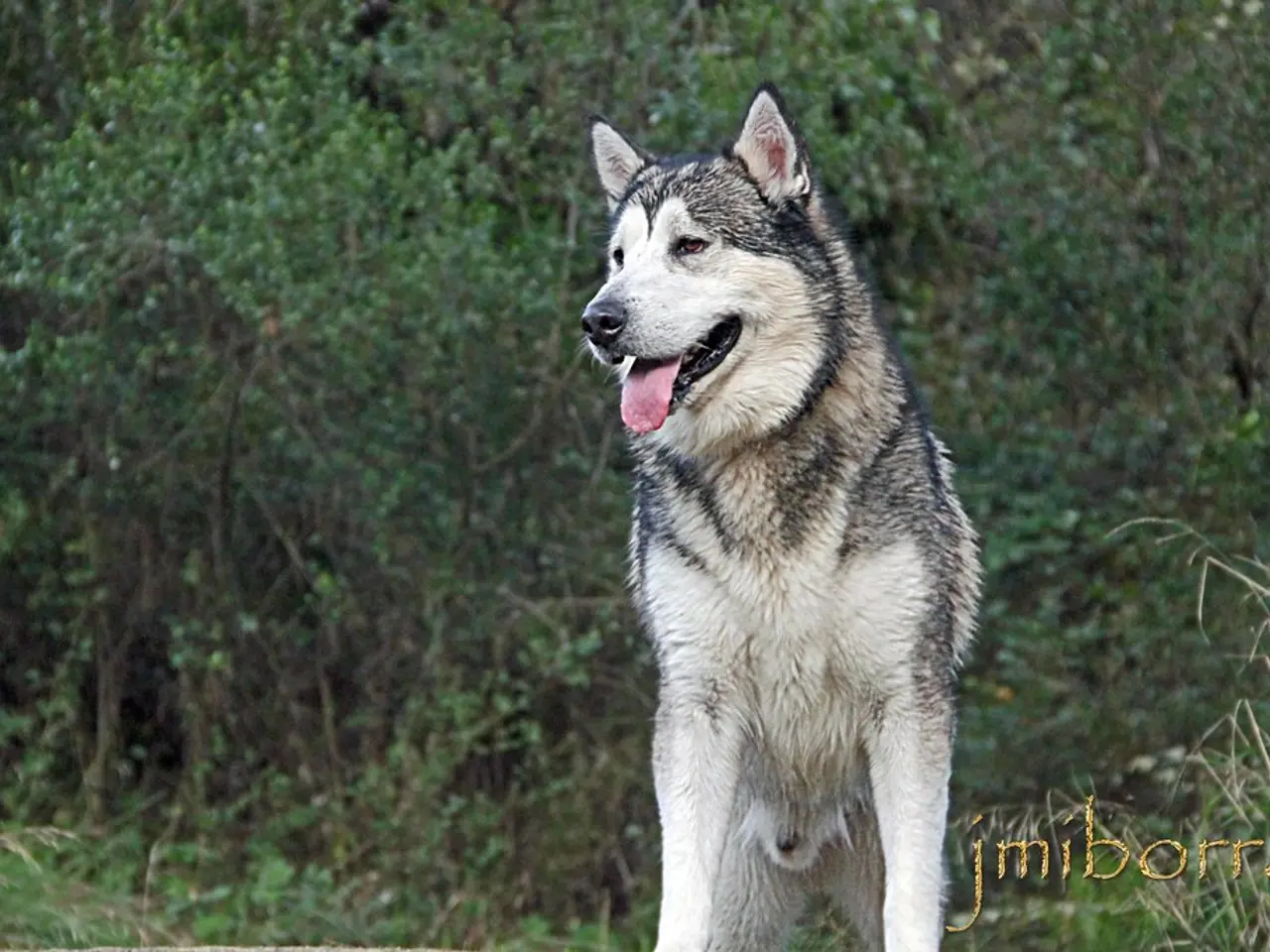Strategies for Avoiding Potentially Perilous Wolf Interactions During Expeditions in U.S. National Parks
Wolf Watching in Yellowstone National Park: A Guide for Safe and Respectful Encounters
Yellowstone National Park, a haven for wildlife enthusiasts, offers a unique opportunity to witness the majestic grey wolves in their natural habitat. Here's a guide to help you have an incredible experience while ensuring safety for both humans and wolves.
The northern ranges, particularly Lamar Valley, are top spots to spot wolves. However, these elusive creatures are generally shy and wary of humans, making sightings less common. But fear not, for winter is the best time of year to visit Yellowstone for optimal wolf sightings. During this season, around 90% of a Yellowstone wolf's diet consists of elk, and their dark coats stand out against the snow, making them more active during the day.
If you happen to spot birds circling overhead, it's a sign that wolves might be nearby. You might also find wolves in Denali National Park and Preserve in Alaska, Willow Flats in Grand Teton National Park in Wyoming, or the Denate Creek area in Yellowstone.
However, it's essential to remember that wolves are wild animals and should be respected as such. To ensure a safe encounter, park rangers provide the following guidelines:
- Maintain a minimum distance of 100 yards (about 91 meters) from wolves at all times. Approaching closer can be dangerous for both humans and wolves and can cause unpredictable animal behavior.
- Do not attempt to feed, touch, or shout at wolves. This disturbs them and is illegal. Feeding wolves can lead them to associate humans with food, raising the risk of aggression and possibly leading to wildlife removal or euthanasia.
- If a wolf approaches you, slowly back away without turning your back or running. If the wolf shows aggression, stand your ground and make loud noises to deter it.
- Stick to designated roads and trails to reduce the chance of surprise encounters. Wolves are intelligent and learn where humans are most active, so predictable behavior reduces risk.
- Carry bear spray as an emergency deterrent, especially when hiking or camping, though it should not be relied upon as a substitute for safe behavior around wildlife in general.
- Observe behavioral cues such as an animal staring directly at you or turning to face you, which indicate discomfort. At such signs, increase your distance.
- Remember that wolf attacks are rare but wolves are fast and powerful predators and should be respected as wild animals.
Ranger safety education emphasizes that improper human behavior around wolves can have long-term negative consequences for both visitors and the ecosystem, potentially resulting in harm to the wolves themselves through management actions.
For the best chances of a wolf encounter, consider taking a guided tour. The reintroduction of wolves in 1995 has been a successful conservation effort, and today, around 120 wolves currently roam Yellowstone in an estimated nine packs. Watching wolves in Yellowstone is an incredible experience, but getting too close puts both humans and animals at risk.
So, pack your winter gear, keep a safe distance, and prepare for an unforgettable wildlife encounter in Yellowstone National Park. Remember, awareness, patience, and cautious behavior are the keys to ensuring a safe and respectful wolf encounter.
[1] Yellowstone National Park - Wolf Safety and Viewing Guidelines [2] National Park Service - Wolf Management and Recovery [3] Grand Teton National Park - Wolf Safety and Viewing Guidelines [4] Denali National Park and Preserve - Wolf Safety and Viewing Guidelines
Traveling to Yellowstone National Park to experience the beauty of its wilderness, especially during winter, can offer a rare chance to witness the elusive grey wolves. To ensure a safe and respectful encounter, one can follow travel guides that provide lifestyle tips for interacting with these magnificent creatures, such as maintaining a distance, avoiding feeding or touching, and staying on designated trails.




